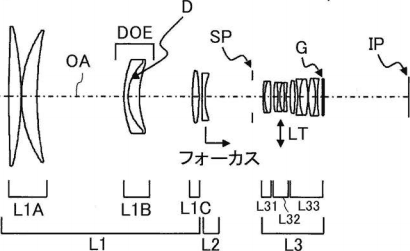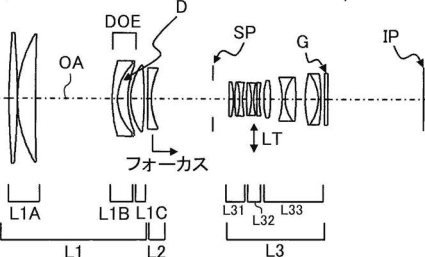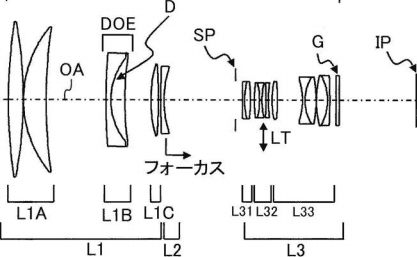Join More Than 50,000+ Subscribers and get latest camera news and rumors
NEW CAMERA VIDEOS ON YOUTUBE
|
By admin, on May 19th, 2013

Olymous E-P5 vs Sony NEX 6 Specification comparison review, Sony Alpha NEX 6 features bigger sensor and advance Hybrid AF system, on the other hand newly announced olympus E-P5 features Micro 4/3 sensor and contrast based F.A.S.T AF system,
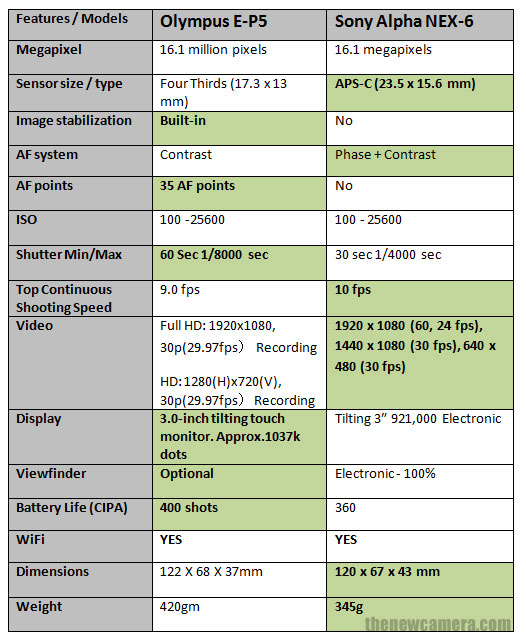
Sensor: Sony NEX 6 gives you bigger sensor with much larger photodiode compared to Olympus E-P5, so its no doubt that the NEX 6 will give you better low-light result and more dynamic range.
AF system: Olympus uses Frequency Acceleration Sensor Technology (F.A.S.T.) developed by Olympus few years back, Olympus E-P3 and OMD E-M5 camera uses the same technology (F.A.S.T System). The AF speed of Frequency Acceleration Sensor Technology based camera are blazing fast, on the other hand Sony NEX 6 uses Hybrid AF system that combines Phase and Contrast detect method, NEX 6 have Phase AF pixels active during still and video mode, so both camera gives you the most advance AF system available today.
Based on different lighting / test condition, Hybrid AF system (Phase+Contrast) is more recommended over contrast based AF system.
NEX 6 also offers bit fast continuous shooting speed compared to Olympus E-P5.
Image Stabilization: Olympus features built-in image stabilization, No IS available in NEX 6.
Video: Sony NEX 6 can capture Full HD video @ 60fps, Olympus E-P5 limited to 30 fps only at Full HD mode.

Display: Olympus E-P5 features high resolution touch display, no touch display available in NEX 6
Verdict: Based on Specification Comparison we recommend you to buy Sony NEX 6
Buy Now
Olympus E-P5 Body only – Amazon
Olympus E-P5 17mm f1.8 and VF-4 16.1 – Amazon
Sony NEX 6 is Available at Amazon
By admin, on May 18th, 2013

Due to very less demand of entry level compact camera Olympus will shut down the production of its V series of compact camera according to Wall Street Journal, the V Series is also know as under $200 series camera, today smartphones features better image quality, creative apps and image sharing technology compared to the low-end compact available in the market.
Olympus will concentrate on its mirrorless segment according to the company, After selling 5.1 million digital cameras in the last fiscal year, Olympus plans to sell only 2.7 million this fiscal year.
Other camera makers are also struggling ?
Canon faced a 34% decline in net profit for the first quarter , “Low-end compact cameras that don’t have obvious features that stand out will be eventually wiped out of the market,” Canon Managing Director Hideki Ozawa Said during an interview to WSJ.
See Olympus V series camera at Amazon
source – wsj.com
By admin, on May 17th, 2013
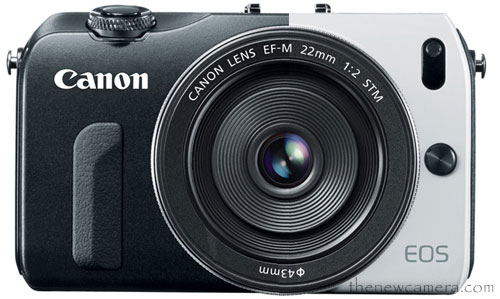
As we have already told you that canon is rumored to announce two new mirrorless camera and at least three new EOS M lenses (including compact zoom lenses) in 2013, yesterday a new source told us that upcoming EOS M camera will use the recently announced EOS 100D sensor and DIGIC 6 Image Processor.
Take everything with a grain of salt. The specs are said to be of a test camera, in other words: a prototype Canon is testing.
By admin, on May 17th, 2013
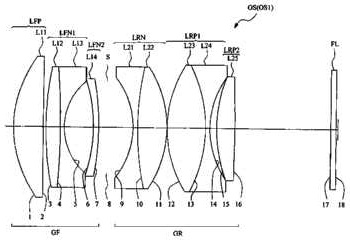
With Canon several (see here and here) patents one nikon patent also surfaced, Nikon field another two lens patents (2013-019992, 2013-011831) in Japan for the new 58mm f/1.2 lens.
Nikon 58mm f/1.2 lens patent details translated by google
- Focal length: 58.0216
- Aperture: 1.229
- Half angle of view: 20.82 “
- Image height: 21.6
- Lens length: 122.05004
- Backfocus: 38.01861
- Lens design: 9 elements in 7 groups with three aspherical surfaces and possibly two ED elements (2 & 4)
source – egami
By admin, on May 17th, 2013
More patent news coming from Canon side, A bunch of new DO (Diffractive Optics) patent surfaced over the web – 500mm f/4, 500mm f/5.6, 600mm f/4, 800mm f/5.6, more details translated by google below
Description and self-interpretation of the patent literature
- Patent Publication No. 2013-92575
- Publication date 2013.5.16
- Filing date 2011.10.24
- Example
embodiment
| No. |
Focal length [mm] |
Fno. |
Half angle [°] |
Total length [mm] |
BF [mm] |
Front lens diameter [mm] |
| One |
584.99 |
4.12 |
2.12 |
420.00 |
89.03 |
141.99 |
| Two |
779.99 |
5.80 |
1.59 |
460.00 |
97.84 |
134.48 |
| Three |
488.99 |
4.11 |
2.53 |
320.00 |
61.00 |
119.00 |
| Four |
488.99 |
5.70 |
2.53 |
280.01 |
65.01 |
85.79 |
| Five |
584.96 |
4.12 |
2.12 |
420.00 |
88.88 |
141.98 |
Image height 21.64mm
- How to reduce the size of the large-aperture super telephoto lens
- Effective diameter of the first group with the largest
- I reduce the number of the first group
- It is necessary to reduce aberration by increasing the number
- Can not reduce the aberration and reduce the number
- I increase a refractive power of the first group
- The thickness of the lens increases, the effect of weight reduction is canceled
- Impact of manufacturing error is large high refractive index
- Canon patent
- The aspherical in the first group
- Performing a variance of sensitivity was composed of opposite sign component of the first group, and also, prevent an increase in thickness
- DOE is provided to correct chromatic aberration with a small number of lenses
- Inner focus
- Anti-shake
About DO Lenses
Diffraction is an optical phenomenon in which light waves bend as they pass around the edges of an object. In the late 1990s, a team of young Canon engineers came up with the idea of using this phenomenon to counteract chromatic aberration.
A single diffractive optical (DO) element features diffractive gratings – very fine parallel grooves on the surface – which change the direction of light. However, this process generates diffracted light that is not suitable for photographic lenses and can cause flaring.
Employing multiple DO elements ensures that nearly all light allowed to pass through the DO elements can be used for photography. Canon DO lenses use multiple DO elements whose diffractive gratings are bonded face-to-face. Combining this arrangement with a refractive convex lens almost completely cancels out chromatic aberration while allowing the lens elements to be placed much closer together within the lens barrel. The result is a high performance EF lens that’s significantly shorter and lighter than typical refractive lenses. In fact, the EF 400mm f/4 DO IS USM is 27% smaller and 31% lighter than a conventional 400mm f/4 lens would be.
Fast becoming a favourite with sports and news photographers, DO lenses are making high performance telephoto shooting easier and more manageable than ever before.
By admin, on May 16th, 2013
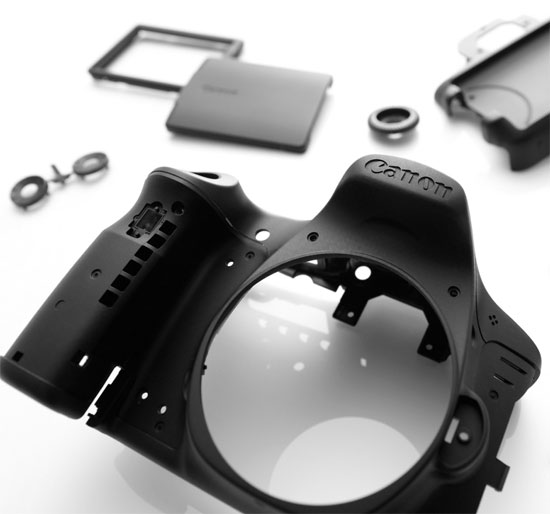
Canon will make a surprise announcement in July 2013, I don’t know much about that but we may see a fixed lens APS-C compact from Canon. Canon 70D arrival time is also between July/August 2013, 7D Mark II is rumored to arrive in Q1 of 2014.
List of Canon Products that we know coming in 2013
- Canon 70D
- Canon Pro Powershot (With big sensor, probably APS-C)
- Two Canon Mirrorless (Entry Level and Pro) and New Lenses for Mirrorless Series
Products Coming in 2014 (Possibly in March)
- Canon 7D Mark II
- Canon 750D
we will update you soon as we get any new information, stay wit us on FB, G+ and Twitter.
src – Canon Rumor
By admin, on May 16th, 2013
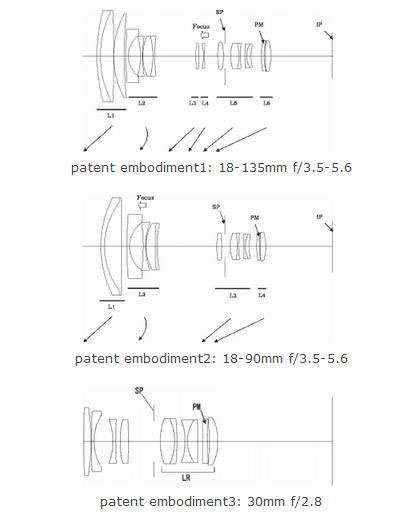
Canon 3 new lens patent surfaced over the web today, Canon 30mm f/2.8, 18-90mm f/3.5-5.6, 18-135mm f/3.5-5.6 Lenses, take a look at the details below, translated by google
Description and self-interpretation of the patent literature
- Patent Publication No. 2013-88736
- Publication date 2013.5.13
- Filing date 2011.10.21
- Example 1
- Zoom ratio 7.02
- Focal length f = 18.60 – 130.50mm
- Fno 3.59 -. 5.88
- Half angle ω = 36.29 – 5.98 °
- Image height 13.66mm
- 187.48mm – 138.01 overall length of the lens
- BF 35.60 – 70.79mm
- Effective diameter of 58.92mm front lens
- 16 pieces of 12-group lens configuration
- One piece of one aspherical surface
- One UD glass
- 6-group zoom positive and negative negative positive positive
- Inner Focus (Group 4)
- Example 2
- Zoom ratio 4.73
- Focal length f = 18.60 – 87.97mm
- Fno 3.59 -. 5.88
- Half angle ω = 36.29 – 8.83 °
- Image height 13.66mm
- 164.98mm – 125.04 overall length of the lens
- BF 35.60 – 69.29mm
- Effective diameter of 61.54mm front lens
- 13 pieces of 9 lens configuration
- One piece of one aspherical surface
- 4-group zoom positive and negative positive positive
- Inner Focus (the second group)
- Example 3
- Focal length f = 29.48mm
- Fno. 2.92
- Half angle ω = 24.86 °
- Image height 13.66mm
- The overall length of the lens 78.43mm
- BF 35.40mm
- Effective diameter of 22.43mm front lens
- 10 pieces of 8 lens configuration
- One piece of one aspherical surface
- Resin lens
- Vulnerable to temperature change
- There are restrictions on the type of coating, ghost and flare cause of
- Canon patent
- The final lens group is arranged a resin lens having a concave surface facing the image side, and place the glass lens on the image side
- Weaken the power of the resin lens, I reduce the performance variation due to temperature change
- Incident light axial rays is arranged in a low position of the resin lens, to suppress the influence of the birefringence variation of the resin lens
- Likely to occur in the concave surface of the resin lensghost is avoided by optimization of the power of the air lens in the shape of the glass lens and resin lens, in the meantime
|
KEEP THIS BLOG ALIVE - Support New Camera Buy Canon Lenses, Buy Music CD or Digital Camera at amazon it helps this site, and you do not pay anything extra, it is just a way to help support this site.

|








